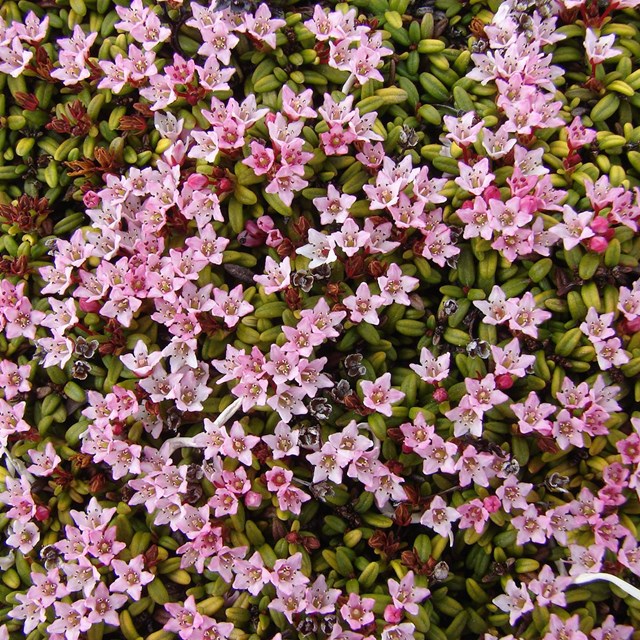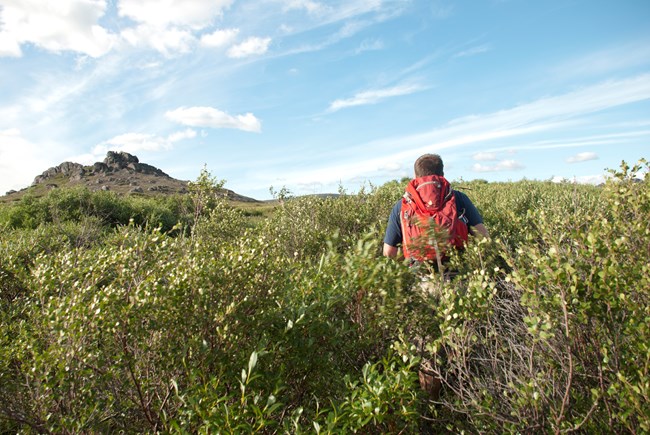
NPS Photo Shrubs are woody plants, but they tend to be shorter than trees when mature. They have multiple stems that are smaller in diameter when compared to the single larger stem (or "bole") that characterizes tree species. Although many may look the same at first glance, upon closer inspection they're actually quite different, and well-adapted to their respective niches in the environment. Willows are common throughout Alaska, with dozens of species found across the state. They provide a food source for browsers like moose. They can also be consumed by humans, but are not commonly favored due to their often unpalatable flavor. However, what the willow lacks in flavor, it makes up for in remarkable medicinal qualities, which have been known to humans for thousands of years. Salicilin, the primary active component in the willow, is related to what is found in modern aspirin pain relievers, and has similar anti-inflammatory and pain reducing qualities, which can be used to treat a number of conditions. 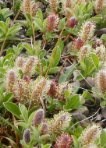
NPS Photo Arctic Willow(Salix arctica) This small, shrubby willow is well adapted to the tundra environment, with its low-lying structure and shallow root system that allows it to thrive in nutrient-poor soils and rocky ground. The arctic willow even produces its own pesticide to keep insects away during its growing season. It is typically about 7 inches tall with 1 inch oval leaves covered in thick hairs. 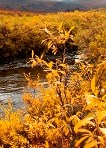
NPS Photo / Andrea Willingham Alaska Willow(Salix alaxensis) The Alaska willow blooms late May through early June and is typically a tall (15–20 ft.) shrub with oval, pointed leaves densely covered with white hairs. Alaska willows are known to sometimes turn into "diamond willows," which develop when a fungus eats diamond-shaped patches into the trunk. This creates a highly prized wood for some woodworkers. In addition, the young buds and inner bark can be eaten raw for medicinal purposes as a painkiller. 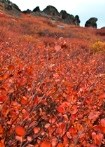
NPS Photo / Andrea Willingham Dwarf Birch(Betula nana) With smaller and more rounded leaves than willows, the dwarf birch grows thick in densely vegetated areas of the Alaskan tundra. The twigs can be resinous and hairy, with thick, leathery leaves, and the seeds are distributed mainly by the wind. More Plants at Bering Land Bridge
|
Last updated: December 10, 2025

